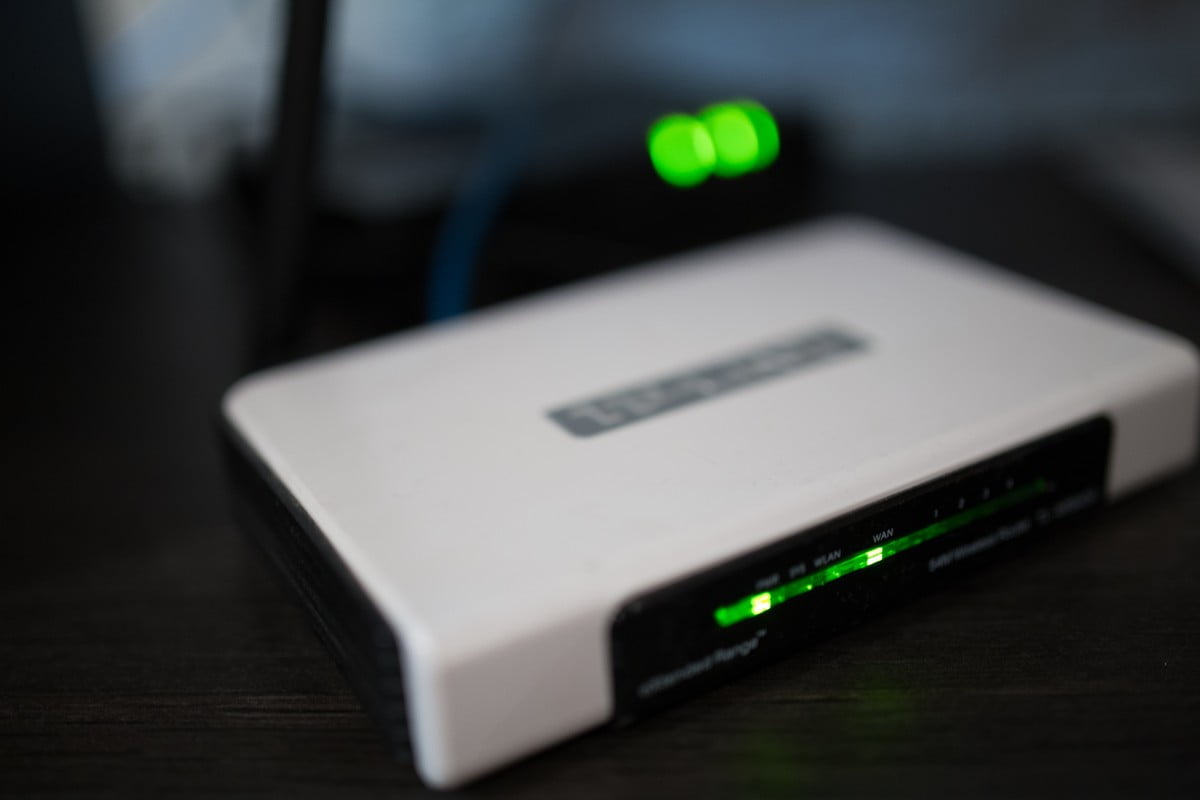
With our lives entwined with the internet every day, there is nothing more frustrating than an unstable Wi-Fi connection. Slow internet can affect practically every aspect of our lives, from entertainment to work. Mostly, people resort to blaming the internet service providers for the lag in connection. Although this can be the case, it is significant to check if every device in your network is in a position to utilise every byte of the bandwidth. Poorly configured Wi-Fi can become a significant hurdle. Here are some ways to fix a slow Wi-Fi connection.
Popular Reasons Why Wi-Fi Connection Fluctuates
Before we begin, let’s examine some common reasons why Wi-Fi fluctuates. One of the most common causes of poor Wi-Fi is that you may get good speed while relaxing on the couch, but the speed drastically reduces when you move to the balcony. The farther you move away from the Wi-Fi router, the more your speed degrades. Another reason is obstructions, such as thick concrete walls made of non-porous materials, timber walls, metal blinds, etc., which can diminish the speed. Not to forget interferences, as the Wi-Fi signals are transmitted over the same frequency bands as most devices. Conflicting frequencies are usually seen in crowded residential areas and commercial spaces with many routers across nearby buildings. Your neighbours’ Wi-Fi can meddle with it.
Similarly, the unshielded USB 3.0 cables and devices without a protective layer cannot stop wireless interference from external sources. An old Wi-Fi router, featuring some last generation technology, could also be a reason for your slow internet speed. Wear and tear on the coaxial cable or fibre line coming to your home and excess bandwidth consumption can also be the problems.
Ways to Stabilise Wi-Fi Fluctuations
One most common way to fix your Wi-Fi speed is by rebooting your router. Although this cannot be an everyday affair, you may reboot the router when experiencing terribly low internet. To solve the problem of unstable access in different corners of the house, it is advisable to place the Wi-Fi router in a central location, where every Wi-Fi device can access the router equally. Trying to place it in an open space without much wall interferences can help to an extent. You may also expand the Wi-Fi range using an extender. They are signal boosters. It is wiser to connect wireless devices like laptops to Wi-Fi and use wired connections for stationary devices such as desktop PCs and televisions to reduce stress on your Wi-Fi.
In most cases, we may have unwanted devices accessing Wi-Fi. To say, you may have an additional tablet lying in the corner or an old phone kept switched on just for calls. Such devices can be unloaded from your network. One easy way is to visit your Wi-Fi’s admin set-up and check the list of devices connected to your Wi-Fi. If you no longer use or recognise any devices, remove them from the list. If your router has an inbuilt traffic analyser, it can show you the devices that consume more data. While accessing administrator settings, remember to update your router’s firmware to improve its performance.















